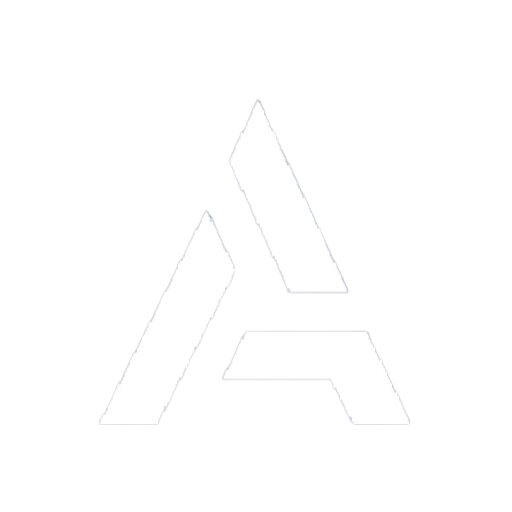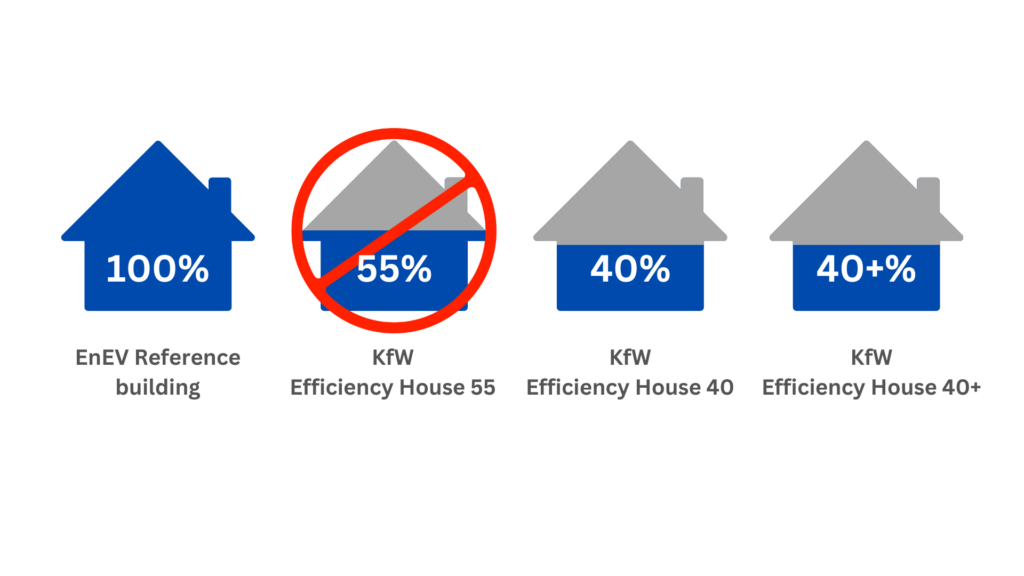Saving is sexy: KfW 85 – 70 – 55 – 40, these are the numbers by which attractiveness is measured when it comes to energy efficiency in prefabricated house construction. In this article, we explain what exactly the different KfW efficiency classes mean, which financial subsidies builders and owners can count on for which energy standard, and why you have an advantage with a prefabricated house. In the meantime, there are new, stricter guidelines from KfW, but also new options for building subsidies, because KfW 70 and KfW 55 are a thing of the past. However, particularly ecological construction projects and renovations are still being promoted. You can find current information about KfW funding (KfW 55, KfW 40 and KfW 40 plus) in this article on KfW 70, 55, 40 and 40 plus .
the essentials in brief
- KfW 85, 70, 55 or 40? The smaller the number, the greater the energy efficiency
- Saving energy and money: The higher the KfW Efficiency House standard, the lower the energy consumption and the more generous the subsidy: KfW 40 is therefore subsidized the most, KfW 85 the least.
- Think about tomorrow today: The more long-term you look at it, the more worthwhile it is to have a higher efficiency house standard
The ABC of KfW: What the terms KfW 85 & Co stand for
Since the Energy Saving Ordinance (EnEV 2009) was passed, one thing has already been decided before the house is built: the new building will be an energy-saving house. Because minimum requirements for the lowest possible energy consumption are binding. The aim is to further reduce CO2 emissions and the consumption of our energy resources. Of course, this also applies to prefabricated houses.
In order to support builders in meeting these energy standards, the federal government is promoting corresponding building projects with the programs of the German Reconstruction Loan Corporation, or KfW for short. The KfW 70 efficiency house, for example, is certainly a vague term for everyone. But what does it mean exactly, what does this efficiency class stand for in comparison to others and what consequences does it have for prefabricated house prices?
A reference building was defined in the EnEV 2009, the KfW Efficiency House 100, which corresponds to the minimum energy standard requirements. A KfW 85 Efficiency House, on the other hand, consumes only 85% of the energy per m2 of living space per year that a KfW Efficiency House 100 requires. Currently, the energy standards are further subdivided into the KfW Efficiency House 70, Efficiency House 55 and the KfW Efficiency House 40 with its different characteristics. For these, the energy demand is correspondingly only 70%, 55% and 40% of that of the reference building. The smaller the number, the greater the energy efficiency.
Saving energy and costs: Effects on prefabricated house prices
However, this is not only noticeable in the prefabricated house prices with regard to the later energy costs: Builders of a KfW 40 efficiency house sustainability class will still receive financing support from the KfW in 2022. For corresponding construction projects, the banking group grants loans that have significantly lower interest rates than usual offers for private construction loans.
The eligibility criteria for a KfW 85 or KfW 70 efficiency house are less stringent compared to the two house types with even higher energy standards. For example, the transmission heat loss of a KfW 70 house must be only 15% below the maximum value stipulated in the EnEV. For an efficiency house of the type KfW 55, on the other hand, it must be 45% and the value for a KfW 40 house is even 55% below the maximum value of the EnEV. In this context, it is important to distinguish between new construction and existing properties. Anyone wishing to take advantage of a subsidy for new construction must now meet the energy efficiency house standard 40 sustainability class. Further subsidy options corresponding to lower standards are only provided for the refurbishment of existing properties.
However, the two particularly energy-efficient house types are also particularly encouraged: In addition to the very favorable loan for a maximum of €50,000 per residential unit with only 1% interest, which also applies to efficiency houses of the KfW 70 type, builders of KfW 55 and 40 houses are still available granted a repayment subsidy. For KfW Efficiency Houses 55, this is 5% of the loan amount. In the case of KfW Efficiency Houses 40, even 10% of the loan amount is waived.
Compared to other new buildings, prefabricated houses have the decisive advantage in terms of KfW efficiency that they can more easily achieve the required values due to their construction. So they are more likely to be approved for higher funding.
The crucial question: Which efficiency class to choose – KfW 70 or KfW 40?
In concrete terms, the requirements of the different efficiency classes are met in the structural implementation by taking various factors into account. This includes, for example, appropriately good insulation of the roof, the facade and the basement and top floor ceilings, triple glazing of the windows, the installation of central ventilation systems with heat recovery, an efficient heating system and hot water preparation, sun protection and summer heat protection as well as solar thermal or photovoltaic systems.
In any case, expert energy planning and construction supervision is important. The standards should be calculated by experts who are familiar with the technical dimensions and minimum requirements and who work closely with the builder and the architect or manufacturer. Once the planning is complete, the actual application to approval usually takes no longer than a month.
And which energy standard do you now choose as a prefabricated house builder or owner of property to be renovated? In the short term, for example, the KfW 70 efficiency house may be the more attractive option. After all, the investment costs are lower. In the long term, however, the KfW 55 efficiency house or even the KfW 40 type are more recommended. With regard to the energy revolution and further rising energy prices, you not only protect the environment with a high energy standard and corresponding energetic self-regulation of the building, but you can also save a large amount of additional costs over the years. In addition, prefabricated houses have a decisive advantage over other new buildings: Thanks to their timber frame construction and the integrated insulation with a slimmer construction, they can more easily achieve the required values.
Whichever efficiency class you choose, the general rule is that the investment is worthwhile – and not just in terms of the direct funding. The long-term savings in ancillary costs make you less dependent on price developments on the energy market, and the higher the energy standard, the greater the value retention of your house. In addition, with a KfW Efficiency House you are making an important contribution to treating our environment and its resources responsibly. So the trend is clearly towards smaller numbers, for your interest and the KfW house types.



